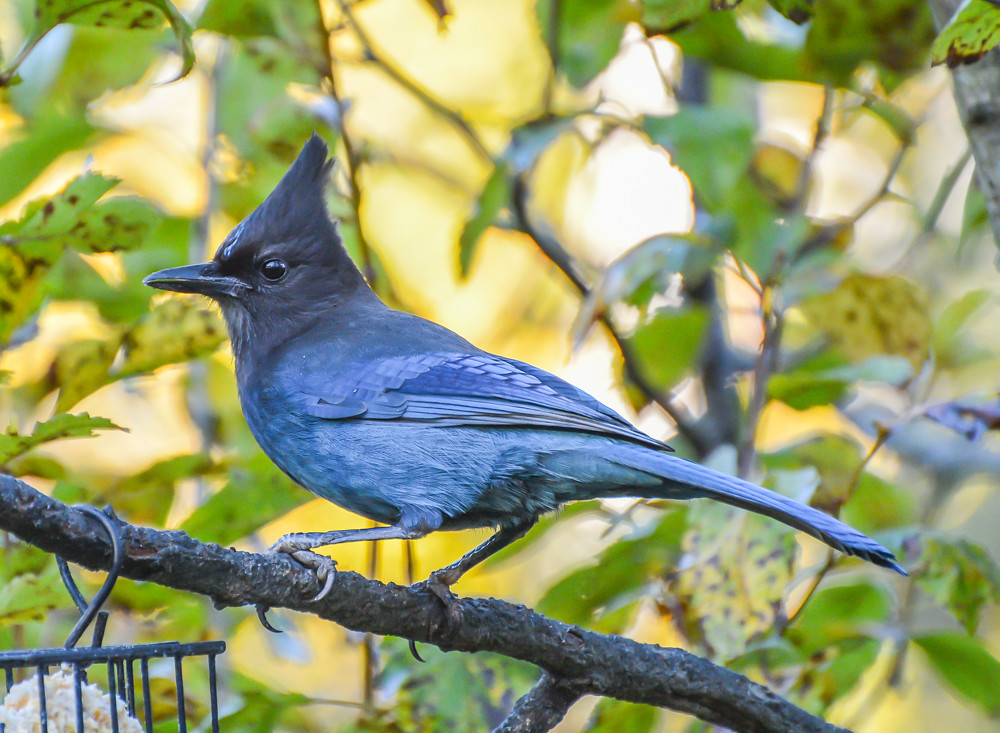Safari for Birding Kyambura Wildlife Reserve
Kyambura Wildlife Reserve’s birding safari Hidden within the great Queen Elizabeth National Park, Kyambura Wildlife Reserve—also known as Kyambura Gorge or Kyambura Game Reserve—borders the Rwenzori Mountains to the north and Lake Edward to the southwest. Kyambo Wildlife. About 156 square kilometers (60 square miles) make up the reserve. Tropical woods, savannah grasslands, wetlands, riverine forests, and rocky gorges round the reserve. Stunning Kyambura chasm, a huge chasm spanning millions of years over the Kyambura River, forms the center of the reserve. Originally established as the Kyambura-owned hunting ground in 1962, the reserve was later given game reserve classification in 1965. With more than 300 recognized species of birds in Kyambura Wildlife Reserve, birdwatchers will find heaven here. Waterbirds, woodland birds, savannah species, and migratory birds among other bird species find sustenance in the reserve’s varied environments. Primates including chimpanzees, black and white colobus monkeys, and baboons as well as other animals including elephants, lions, leopards, and buffaloes abound in the reserve. Among the principal draws and activities is this. Large numbers of endangered chimpanzees abound in the Kyambura Wildlife Reserve. Living in the forested surroundings of the Kyambura Gorge, the Chimpanzees give guests a chance to hike into the reserve and view these amazing primates in their natural surroundings.
Bird viewing
For bird viewing, Kyambura Wildlife Reserve is rather good. Queen Elizabeth National Park boasts almost three hundred different bird species. Kyambura Wildlife Reserve is the best place to go bird viewing; it is done in the savannah forest. Because of the insects and fruits the trees offer for the birds. Kyambura Reserve boasts lesser flamingos, martial eagles, Verreaux’s eagle owls, and papyrus among its bird species. Among many more are canary, pink-backed pelicans, greater flamingos, blue-headed bee-eaters, African skimmers, Papyrus gonoleks, African finfoot, African broadbills, white-winged warblers, black bee eaters. To make their birding expedition unforgettable, birders here are advised to pack among others enough drinking water and snacks, sunglasses, field gear, sturdy shoes, a notebook and pen, binoculars, a field guide, a camera or good phone, and bug repellent.
Other pursuits within Kyambura Wildlife Reserve
Tracking chimps
Adventurers visiting Budongo bush Reserve will walk on foot into the bush in search of the habituated chimpanzees and, once located, spend one hour with them in their habitat. Starting with a briefing at the park headquarters, chimpanzee tracking activity begins rather early in the morning. Following the briefing, you will begin your forest journey under the direction of a qualified park guide familiar with chimpanzee walking paths. Depending on where the chimpanzees are located, their tracking in Budongo Forest takes from 30 minutes to 4 hours since they prefer to travel in quest of food from one spot to another. Among other things, you will be able to see other monkey species, various plant life, and birds when treking. Once the chimpanzees are identified, you will be allowed to spend one hour with them in their natural habitat, which provides you an opportunity to learn about their behaviors and customs, observe them feed, breastfeed, hunt, fight, play, rest, and groom young ones, among others.
Nature walks
Nature walks at the Kyambura Wildlife Reserve This activity provides you the chance to take a forest walk and view among others different animals such gigantic forest hogs, black and white colobus monkeys, red-tailed monkeys, and black Columbus monkeys. offer guests a unique A guided nature walk in Kyambura Wildlife Reserve comprises two sessions: the morning session, which starts at 8:00 a.m., and the afternoon session. which starts at 13:00 p.m. Although Kyambura Wildlife Reserve is well-known for its abundance of chimpanzees, chimpanzee tracking is the highlight of any safari in Uganda; alternate means to discover the hidden treasures of the reserve’s natural beauties are provided by guided nature walks. You will have opportunity to explore the rich woodland, breathtaking savannah, wetlands, and riverine sections of the reserve while on a Uganda nature walk tour here. As you explore the reserve’s paths and trails, among other things, you will also see the animal species of monkeys, antelopes, elephants, and a range of birds.
Kyambura Wildlife Reserve’s birding safari
Hunting Kyambura
The ideal visiting time for Kyambura Wildlife Reserve
Because of its amazing diversity, Kyambura Wildlife Reserve is open any year-round. Visit during the dry seasons, in the months of June through September, December, and February. This is often referred to as the peak season, because during this period the woodland paths for chimpanzees receive minimal rainfall. Tracking, birdwatching, and guided nature walks are passable when contrasted to the wet seasons in the months of March through May and October to November, when the forest receives strong rainfall, which makes the forest pathways slippery, damp, and muddy. Nonetheless, the wet season—also known as the low season—is perfect for bird viewing since it will provide lots of fruits for both migrating and native bird species.
Near Kyambura Wildlife Reserve, accommodation safaris
Visitors on a birding safari can stay in many accommodation safaris close to Kyambura Wildlife Reserve. From Katara Lodge, Mweya Safari Lodge, Ishasha Wilderness Camp, Enganzi Lodge, Bush Lodge, Elephant Hub Lodge, Kyambura Gorge Safari Lodge, Kingfisher Camp, Jacana Safari Lodge, Simba Safari Lodge, and Hippo Hill Lodge, among others, these lodging options are set at different tiers to fit all kinds of guests.
Proceeding to Kyambura Wildlife Reserve
Usually, you would start your journey to Kyambura Wildlife Reserve from Queen Elizabeth National Park since it is part of it. One can reach the reserve by road and air transportation.
From Mweya Airport, you will connect by road to Kyambura Wildlife Reserve; from air, you will book domestic airlines like Aero Link, which runs chartered flights to Mweya Airstrip in Queen Elizabeth National Park, which takes roughly an hour.
From Kampala or Entebbe, you can drive from road to Queen Elizabeth National Park, around a 6-to 7-hour drive by car via Masaka and Mbarara, going through rural villages and gorgeous settings.

